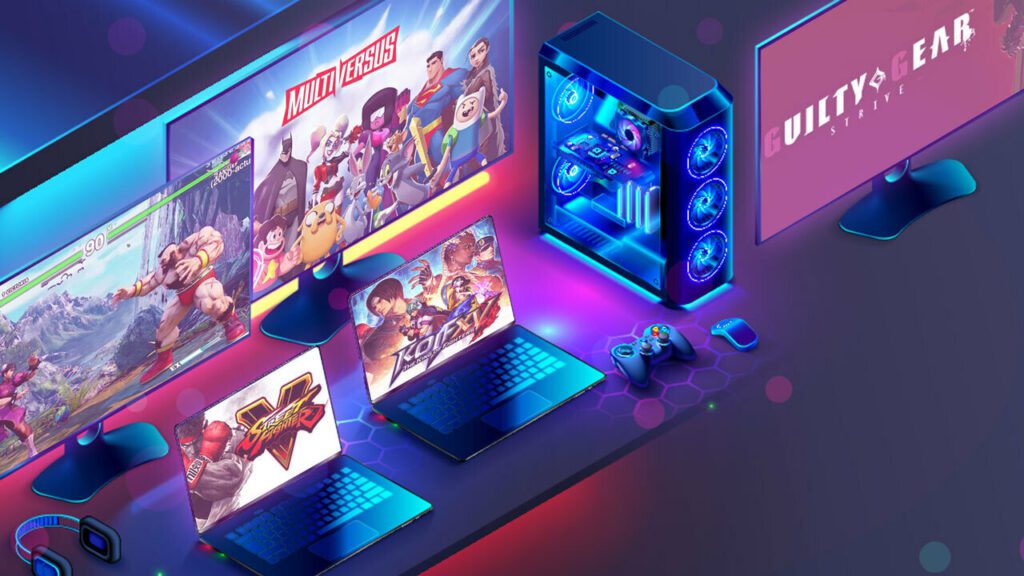Game development has come a long way with technology improvements providing game developers access to software that enable intricate and lifelike game worlds. This piece takes an in-depth look at the art and animation techniques used in some of the top game titles. From concept art and character design to lighting and rendering, through to post-production and special effects, this article covers all aspects of game development. With the use of various tools and techniques and the need for artists and animators to work hand-in-hand, game developers need to keep pace with the latest technology to create the most engaging and immersive games.
An In-Depth Look at the Art and Animation Techniques Used in Top Game Titles
Introduction
In this article, we will be taking an in-depth look at the art and animation techniques used in some of the top game titles. Games have come a long way since their inception and the visuals have improved by leaps and bounds. With the advancement in technology, game developers now have access to new tools and software that enable them to create intricate and lifelike game worlds.
Concept Art and Character Design
Creating a game involves a lot of planning, and concept art is an essential part of the process. Concept art is the first step in visualizing the game world and its characters. The concept artist’s role is to develop a visual style and create mood boards that the team can use to create the game’s assets. It is important to get the concept art right because it will set the tone for the entire game. Character design is also an essential part of the process. Designers create characters that fit into the game world and have a unique look that sets them apart from other game characters.
3D Modelling and Texturing
Once the concept art is finalized, the artists move on to 3D modelling. The 3D models are created using software like Maya, Blender, or 3ds Max. 3D modelling involves creating the basic shape of the character or object that will be used in the game. After the basic shape is created, the artists move on to texturing. Texturing involves applying a texture on top of the 3D model to create a realistic look. The texture is added to multiple layers to create details on the surface of the model.
Animation
Animation is what brings the game characters to life. The movement of the characters, the way they interact with the surroundings or other characters is what makes the game engaging for the players. The animation is created using keyframes, which are the extreme poses or movements of the character. Animators then create the in-between frames to create a smooth movement. In addition to character animation, game designers also work on environmental animations, such as water, wind, and tree movements, to create a more immersive game world.
Lighting and Rendering
Lighting and rendering play a crucial role in creating a realistic and immersive game world. Lighting affects the overall atmosphere of the game and the mood of the scene. The game designer uses software like Unity 3D, Unreal Engine or CryENGINE to create realistic lighting effects. The game developers also use physically based rendering (PBR), which is a rendering method that simulates real-world lighting conditions. PBR allows developers to create more realistic materials like metals, plastics, and fabrics.
Post-Production and Special Effects
Post-production involves all the final touches and special effects that the developers add to the game. These special effects are what makes the game visually stunning and adds depth to the game world. The developers use software like Adobe After Effects, Nuke, or Houdini to create these special effects. Post-production includes particle effects, lens flares, VFX, and compositing.
Conclusion
Game development is a complex process that involves the use of various tools and techniques. The key to creating an engaging and immersive game is to get the art and animation right. The artists and animators need to work hand-in-hand to create a game world that will keep players engaged for hours. Game developers also need to keep up with the latest technology to create visuals that are not only stunning but also realistic. With new advancements in technology, we can expect game visuals to become even more lifelike in the future.
